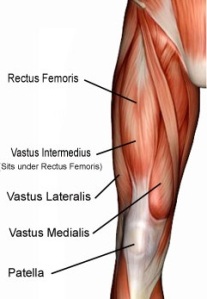Stem cell therapy is an alternative to traditional ankle surgery as highlighted in the case discussed below.
KW is 21 y/o Oklahoma State University field and track athlete who was unable to compete due to ankle pain.
Pain was constant, 5/10 in severity and localized deep in the joint. Aggravating factors included running, weight-bearing and bending of the ankle.
Patient had a longstanding history of ankle sprains and had undergone high dose aspirin therapy as child due to a diagnosis of juvenile arthritis.
Treatment to date included NSAIDs, oral steroids, steroid and Synvisc injections into the ankle without x-ray and ultrasound guidance.
Ankle MRI was significant for degenerative changes in the joint, inflammation of the synovium and sprain of the 2 principle lateral ankle ligaments.
Patient initially underwent prolotherapy and Regenexx SCP in an effort to stabilize and strengthen the loose ankle joint followed by Regenexx SD to treat cartilage loss. Stabilization is critical as discussed in Ortho 2.0.
6 months after starting regenerative therapy I received this e-mail which she has allowed me to share.
“Besides that minor flare, I have had really promising results. I understand that my body has set limitations, and I may never be permitted to run 60 miles or more a week like before, but I am just grateful that I am back on the track completing workouts with my team. I run every other day (which are “work-out” days consisting of heavy pounding on a hard track surface) and cross train on days in between. I have also began doing olympic (short reps, but heavy and explosive) weight training without any irritation. I started doing ladder speed drills and hurdles drills this week, and have noticed no pain.”







